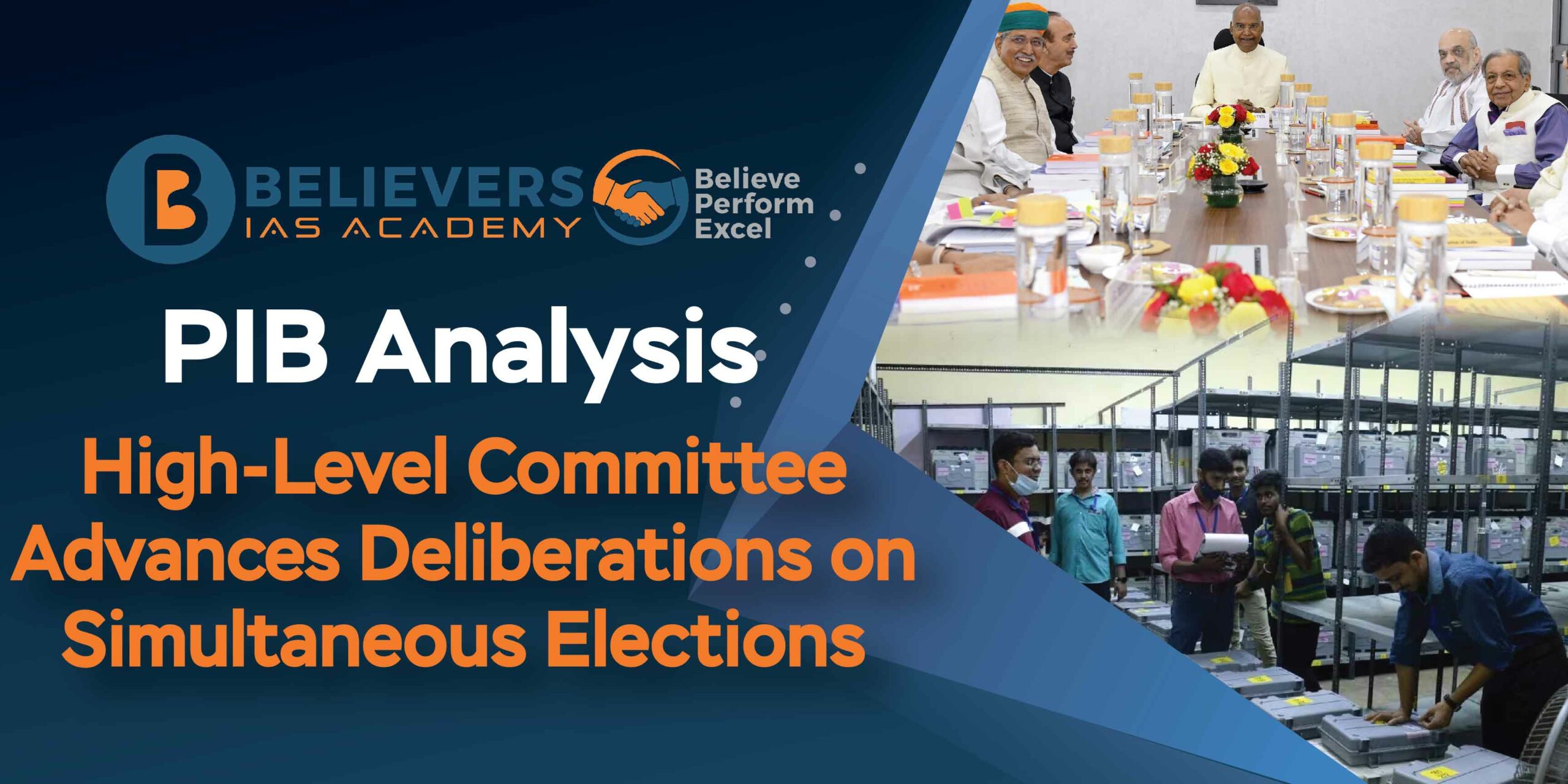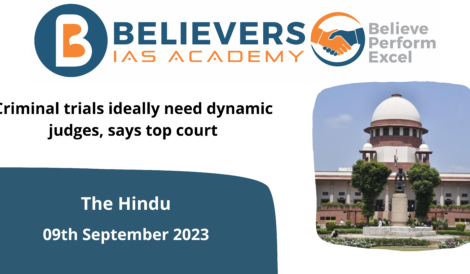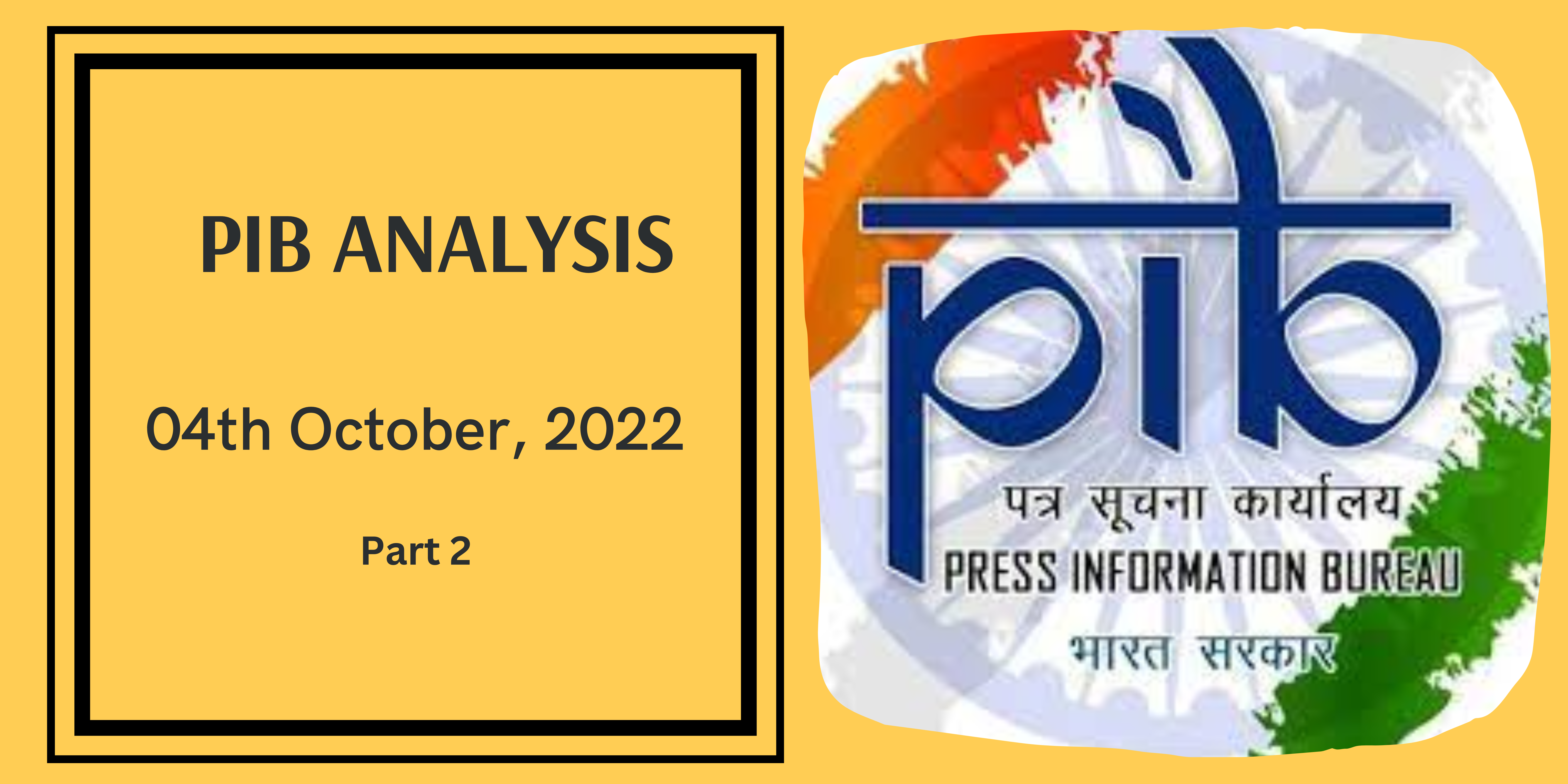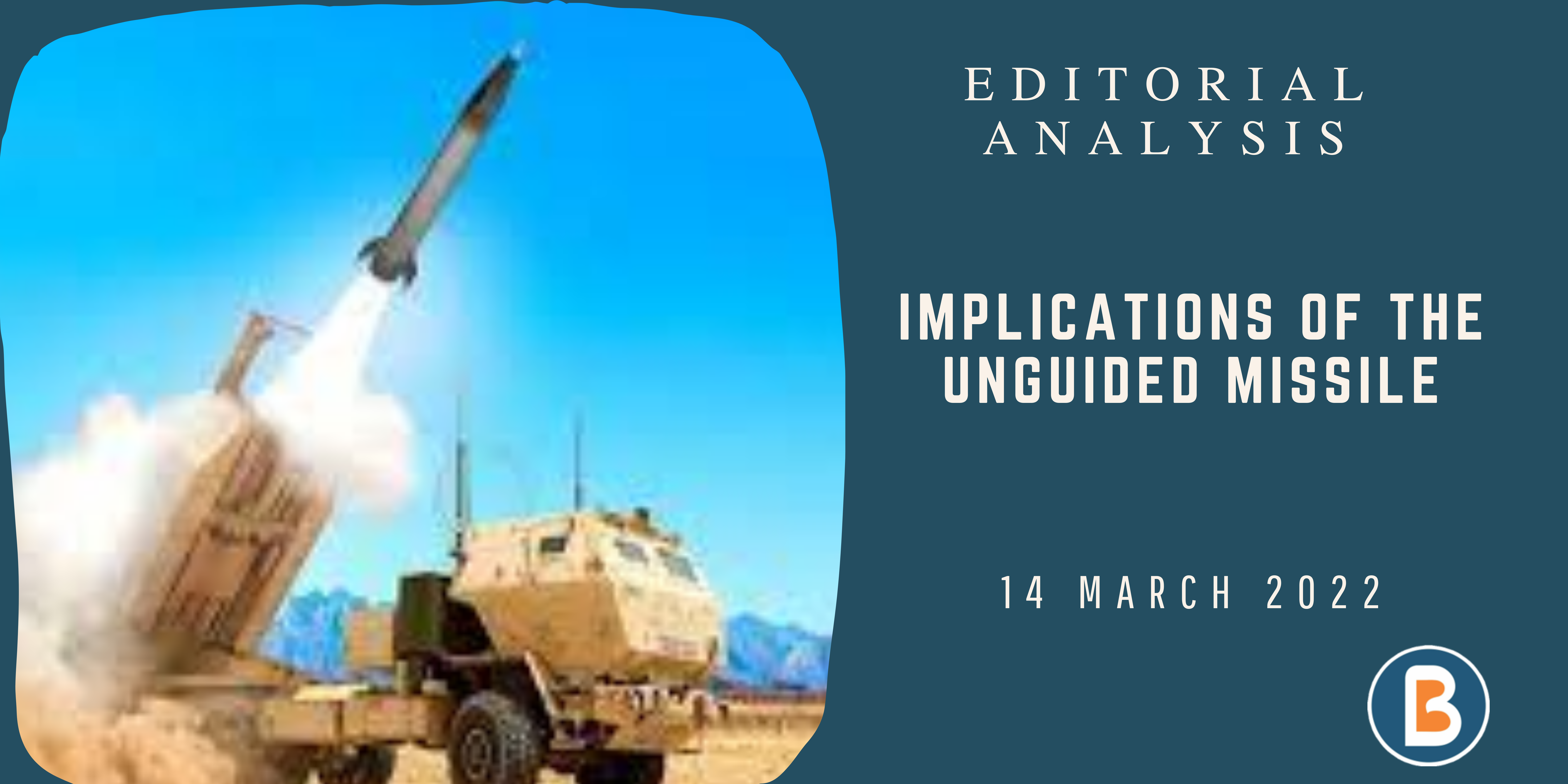High-Level Committee Advances Deliberations on Simultaneous Elections
Context:
Recently, the third meeting of the High-Level Committee, presided over by Shri Ram Nath Kovind, was conducted in New Delhi to discuss the prospect of simultaneous elections in the country. Attendees included notable figures such as Shri Ghulam Nabi Azad, Shri Arjun Ram Meghwal, Shri N. K. Singh, Dr. Subhash C. Kashyap, and Shri Sanjay Kothari.
Relevance:
GS-03 (Security)
Minutes Confirmation and Actions:
- During the meeting, the committee formally confirmed the minutes of the second session and conducted a comprehensive review of the actions taken based on the decisions made on October 25, 2023.
- Secretary Dr. Niten Chandra provided a detailed briefing on the follow-up actions implemented since the second meeting.
Public Feedback and Consultations:
- A public notice regarding simultaneous elections was disseminated on January 5 through 105 prominent newspapers. The initiative received an overwhelming response, with 20,972 replies recorded by January 15, of which 81% expressed support for simultaneous elections.
- Additionally, suggestions were sought from 46 political parties, with input received from 17 of them. The committee also considered recommendations from the Election Commission of India.
- Chairman Shri Ram Nath Kovind engaged in consultations with jurists, former Chief Justices, Election Commissioners, and industry leaders to gather diverse perspectives. The next meeting of the High-level committee is scheduled for January 27.
Simultaneous Elections in India:
• Simultaneous elections entail the concurrent conduct of polls for the Lok Sabha, State legislative assemblies, and local bodies such as municipalities and panchayats throughout the country. This visionary concept aims to harmonize the electoral cycles of diverse governance levels, proposing the ideal synchronization of all elections once every five years.
- Historical Context: India experienced the synchronization of Lok Sabha and State Assembly elections during the initial four general elections. At present, Lok Sabha elections coincide with Assembly polls in Andhra Pradesh, Odisha, Arunachal Pradesh, and Sikkim.
Advantages of Simultaneous Elections:
1. Resource Efficiency: Conducting elections at various levels demands substantial financial resources. Simultaneous elections offer the potential for consolidating these expenses, resulting in significant cost savings for the government.
2. Optimized Administration: Simultaneous elections streamline the deployment of security forces and administrative staff, reducing disruptions caused by election-related duties. This enables officials to consistently focus on governance and development.
3. Continuity in Policies: By aligning election cycles, there are fewer interruptions in policy implementation due to the Model Code of Conduct. This ensures more sustained and consistent governance.
4. Enhanced Voter Turnout: Reducing the frequency of elections may address voter fatigue, potentially leading to increased voter participation. This, in turn, can produce more representative outcomes and enhance the legitimacy of elected representatives.
5. Increased Accountability: When voters cast their ballots for various governance levels simultaneously, politicians are held accountable across different tiers. This fosters a comprehensive accountability structure.
6. Reduced Polarization: Simultaneous elections have the potential to diminish the influence of regional, caste-based, or communal politics. By bringing national issues to the forefront, this approach encourages more inclusive campaigning and policy-making.




